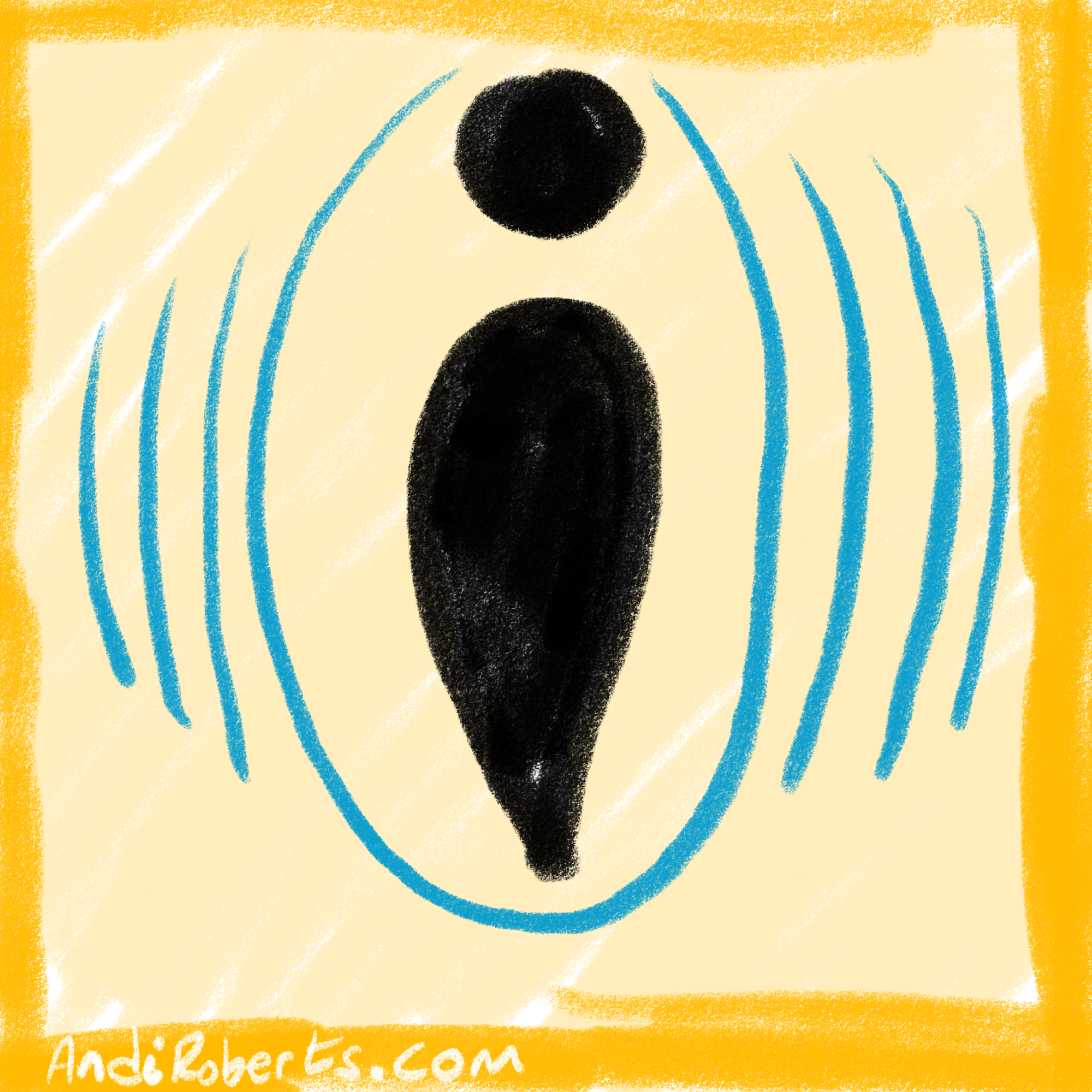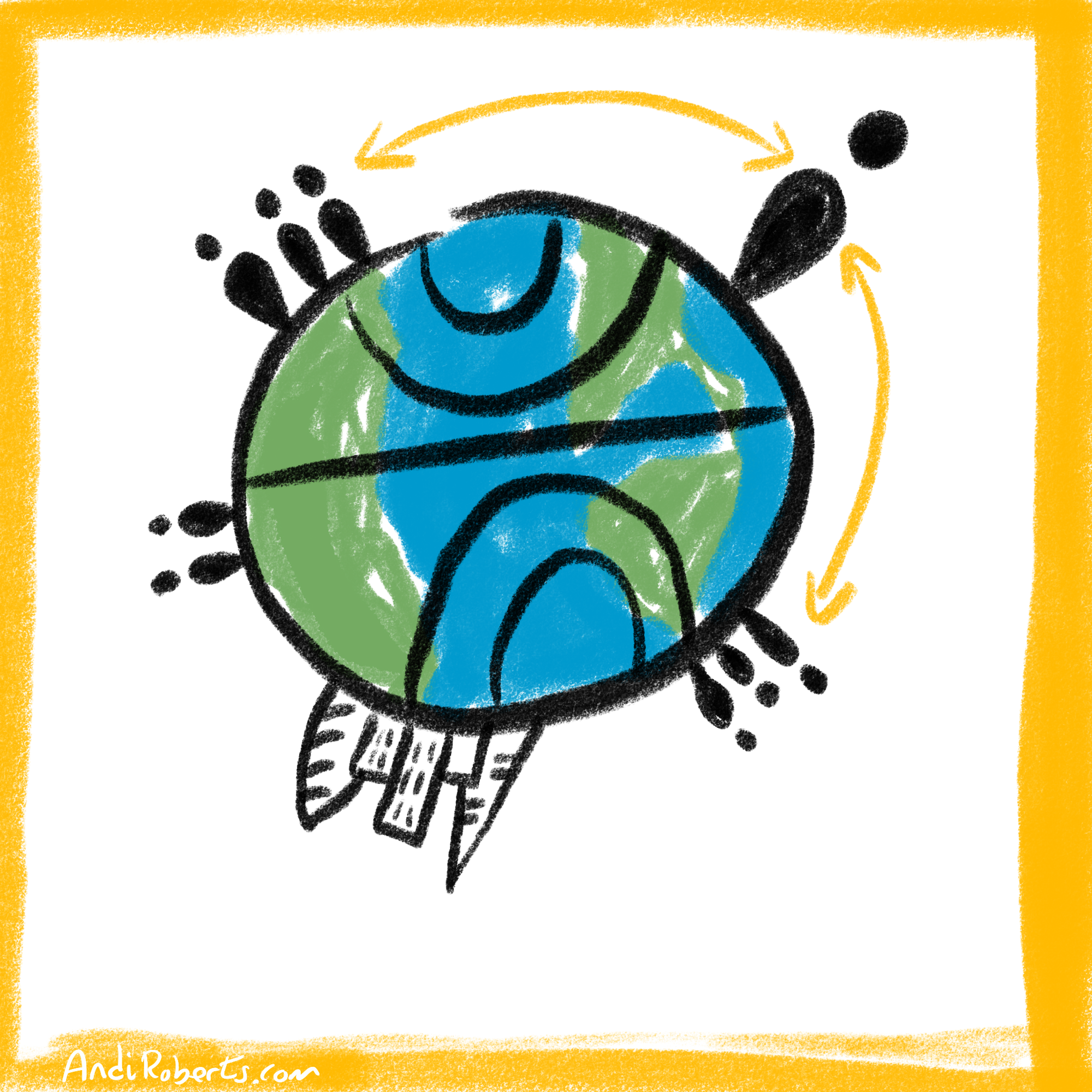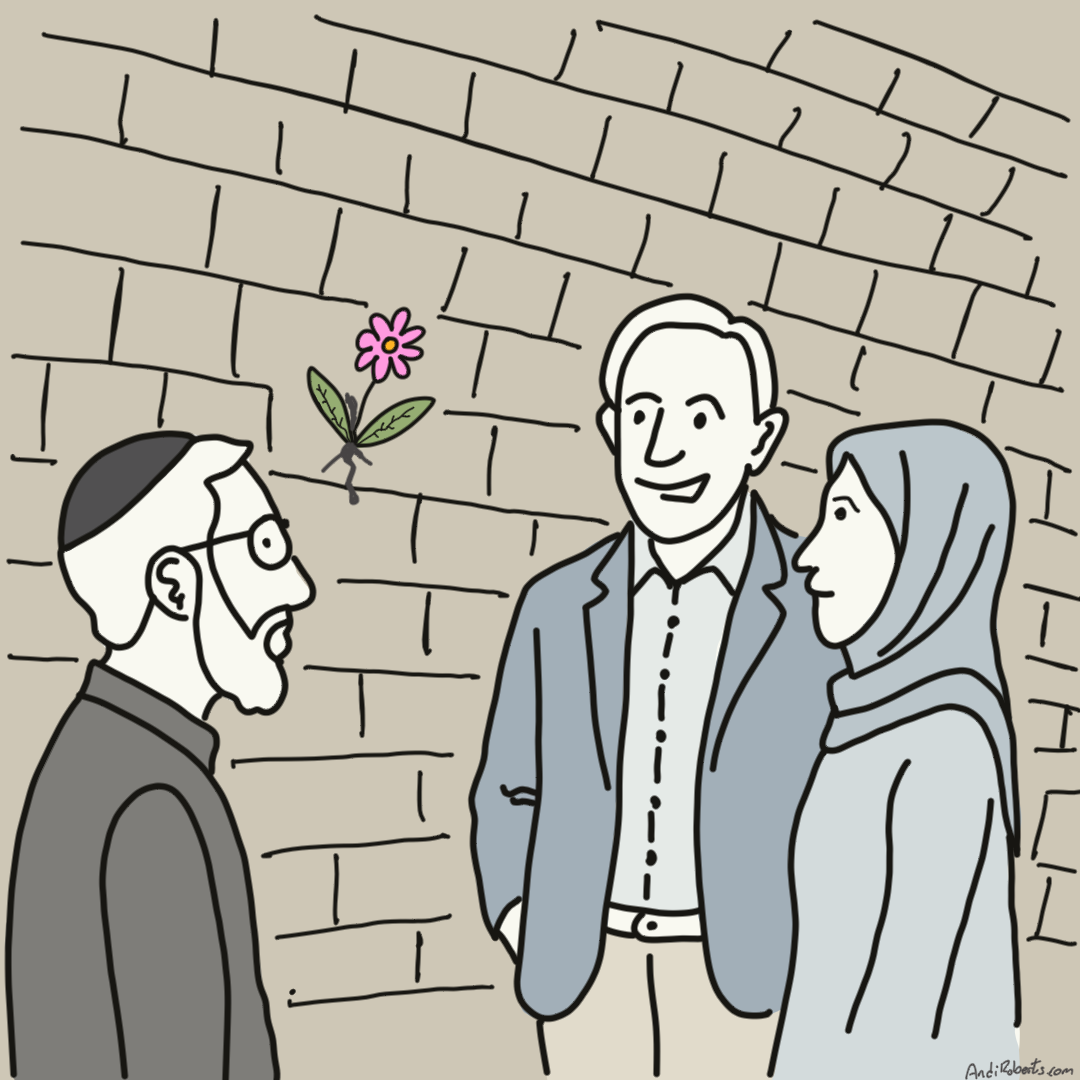The seed for this reflection was planted during Peter Block’s recent Connecting for Common Good series. He spoke about shifting from the traditional idea of a leader to the more generative role of a connector, someone who holds the centre by linking people to each other rather than directing them.
That idea stayed with me. We explored it further in conversation at a recent Designed Learning quarterly associate meeting. The discussion was rich with examples from our own work and lives, and the more we shared, the more it became clear that connector leadership is not only possible, it is already quietly shaping how trust and belonging grow in the places we care about.

We often imagine leadership as a person standing at the front, charting a course, carrying the weight of accountability, and being the first to take the blame when things fall apart. It is an image that flatters our need for order but also feeds a quiet dependency.
What if we replaced that image with someone at the centre of the circle, not the front of the room? Not the one with the answers, but the one weaving the threads between others. Someone whose role is to make sure that those who need to meet do so, and that conversations happen in ways that lead to mutual care and action.
This is the move from leader to connector. From hero to host. From the one who decides to the one who convenes.
Why connection beats control
Connections outlast directives. A leader can give an order today and see it acted upon, but the real test is whether the work carries on tomorrow without them. In organisations and communities where trust is thin, people wait for permission. In places rich with connection, people act because they feel seen by each other.
This is not a utopian hope. It has been visible in different corners of the world for decades.
• Brazil’s participatory budgeting in Porto Alegre transformed public spending decisions through neighbourhood assemblies, a model of participatory decision-making where strangers learned each other’s priorities and made trade-offs together.
• In the early days of Wikipedia, no central leader dictated what articles to write. Energy came from thousands of editors building on each other’s contributions, a living example of relationship-based leadership.
• Braver Angels in the United States discovered that political divides narrow when people are invited into small groups to share stories rather than arguments. This is political bridge-building grounded in peer accountability.
Each works because the leader, as convener, acts as a context setter, not a controller. They design spaces where the right people talk about the right things in ways that shift the relationship, not just the plan.
What a connector actually does
Being a connector is not abdication. It is active work to build the scaffolding for belonging.
- Curating the room means deciding who needs to be in conversation for citizen accountability to take root.
- Shaping the questions means using language that invites possibility, curiosity and shared responsibility.
- Resisting the rescue means letting groups wrestle with their own commitments rather than stepping in to fix things.
- Protecting the space means ensuring gatherings stay relational, even when there is pressure to default to technical fixes or reports.
This is not only an organisational skill. It applies to families, neighbourhoods and networks. A parent who shifts from telling teenagers what to do, to gathering them to design the family holiday, is working as a connector. A block captain who hosts potlucks instead of issuing newsletters is doing the same.
Beyond charisma
Charismatic leaders can attract followers, but connector leadership does not require charisma. It requires intention. As Margaret Wheatley says, “A leader is anyone willing to help.” In a connector’s world, the help comes from making sure people’s paths cross in meaningful ways.
Consider the quiet work of the Harlem Children’s Zone in New York. Its success lies not just in education programmes but in the web of relationships between parents, teachers and local groups. It was built steadily over time until it was strong enough to hold a whole community.
Practice: becoming the one who weaves
You do not need a title to be a connector. You only need to choose habits that make relationships easier and stronger. Some of these are small enough to fit into any moment. Others shape the patterns of how people come together over time.
Every day connector habits are the micro-movements of trust.
- Remember and use people’s names along with something about them. Not just “Hi, Alex”, but “Hi, Alex, how is the kitchen project going?”
- Introduce people with purpose. Say why you think they should know each other.
- Share credit in public. Name the people whose contributions made the work possible.
- Ask open questions that invite others to speak. “What is your perspective?” is more connecting than “Do you agree?”
- Follow through on the small promises you make.
Over time, these acts form threads that are strong enough to carry the weight of real accountability.
Beyond the micro are practices that shift the patterns in which we meet.
- Create recurring spaces where peers exchange ideas without the formality of an agenda.
- Notice silos and bring people across them into the same room.
- Curate shared experiences that are not just about the task at hand.
- Connect people who share similar goals, even if they are not yet aware of it.
- Make the wins of the community visible so everyone sees the connections that make a difference.
The first set works in the moment. The second set shapes the culture. Together, they are the work of a connector. They are also within reach of anyone willing to see a relationship as the starting point of change.
Explore more
I still have a lot to explore on this topic, and here are some resources I am dipping into:
Books
• Community: The Structure of Belonging – Peter Block
• Leadership and the New Science – Margaret Wheatley
• The Art of Gathering – Priya Parker
• Collaborating with the Enemy – Adam Kahane
Podcasts
• On Being – “The Politics of the Brokenhearted” with Krista Tippett and Parker Palmer
• Community Possibilities podcast
Articles
• “From Hero to Host” – Margaret Wheatley and Deborah Frieze, Stanford Social Innovation Review
Connector Social Cases mentioned above
1. Porto Alegre, Brazil – Participatory Budgeting: Overview of the process and history: https://participedia.net/case/49
2. Braver Angels (formerly Better Angels), USA – Political Bridge-Building: Official site with events and methodology: https://braverangels.org/
3. Harlem Children’s Zone, New York: Organisation website with programme details: https://hcz.org/
4. Wikipedia – Collaborative Knowledge Building: About Wikipedia and its community governance: https://en.wikipedia.org/wiki/Wikipedia:About





Leave A Comment